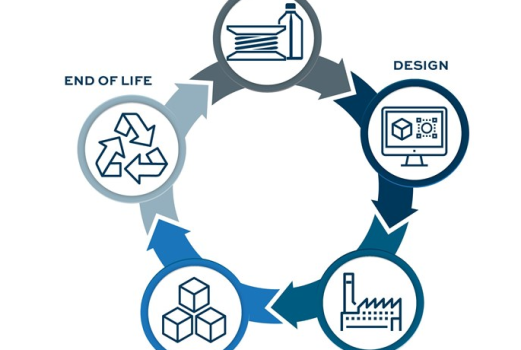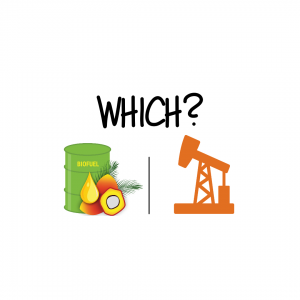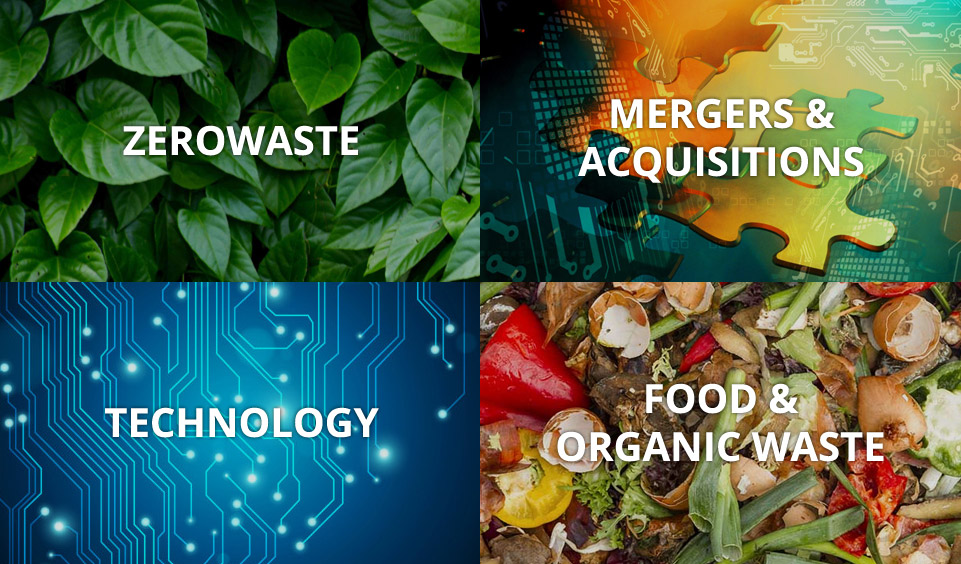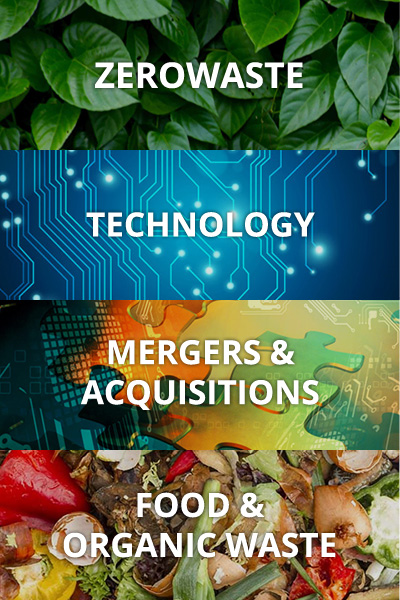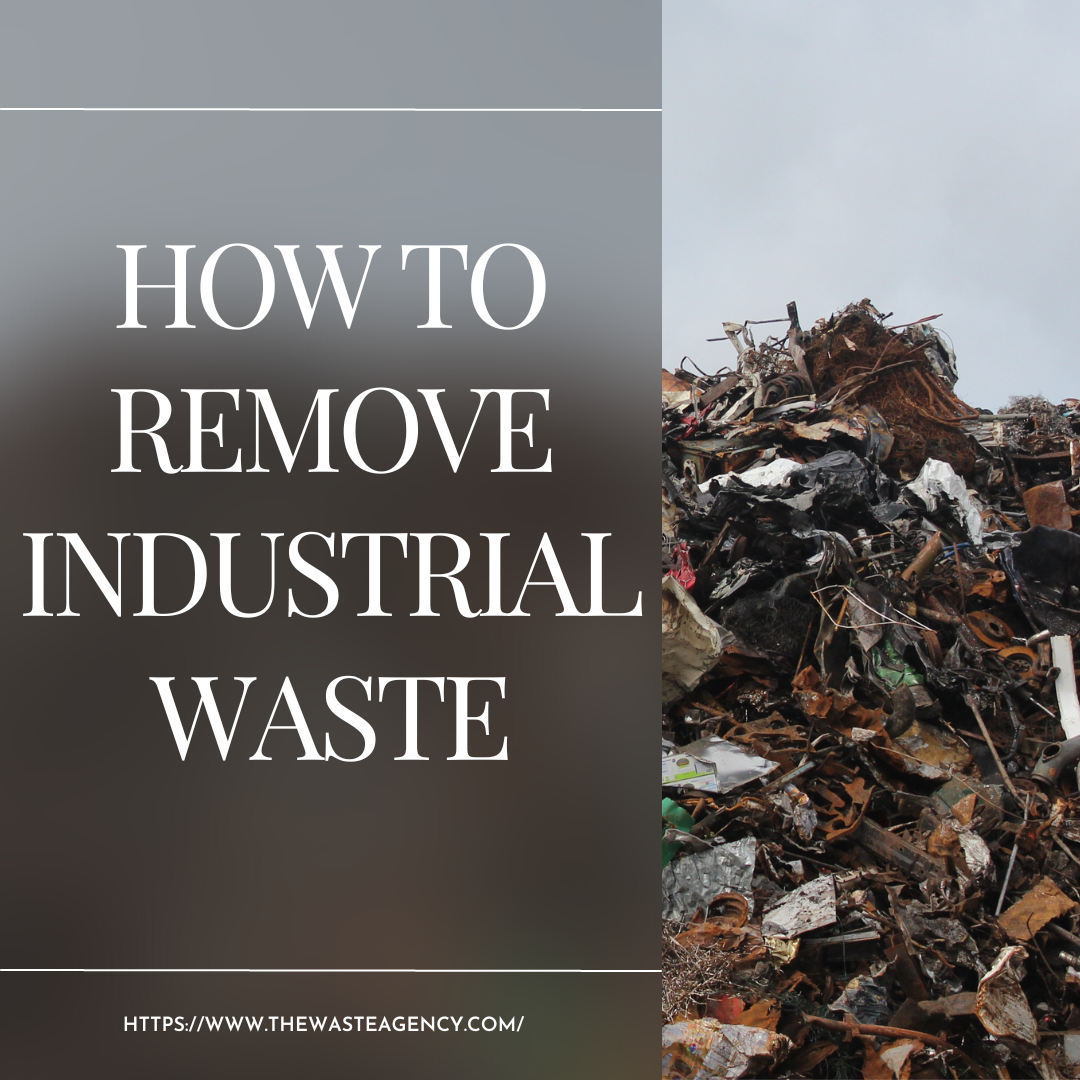
Industrial waste can be extremely harmful to both the environment and human health, which is why it’s important to learn how to properly remove and dispose of it. Some common types of industrial waste include chemicals, oil, metals, and solvents.
So, you have to be very careful while removing these wastes from your premises.
Advantages and Disadvantages of Removing Industrial Waste
There are both advantages and disadvantages to removing industrial waste. However, the advantages usually outweigh the disadvantages. Some of the advantages include:
- It helps to protect the environment from pollution
- It helps to reduce the amount of waste that is sent to landfills
- It helps to reduce the greenhouse gas emissions
- It helps to save energy
On the other hand, some of the disadvantages include:
- It can be expensive to implement
- It can take up a lot of time and resources
- There is a risk of harming the environment if not done properly.
Methods to remove Industrial Waste:
Now that you know the advantages and disadvantages of removing industrial waste, let’s understand how to go about getting rid of it. The first thing you need to do is to identify the type of industrial waste you’re dealing with.
Once you’ve done that, you can start looking for the best ways to remove it.
Here are some common methods to remove industrial waste, such as incineration, pyrolysis and gasification, solidification, and biodegradation.
1. Incineration: Incineration waste is the process of burning waste materials to create heat, light, and ash. This method is mostly used for solid waste, but can also be used for liquid and gaseous waste. Since there are so many different incinerators that are available on the market, so you need to choose the best one for your needs.
2. Pyrolysis and gasification: Pyrolysis is the process of decomposing waste material into gases, while gasification is the process of converting waste material into a gaseous fuel. These two methods are often used together to create more complete combustion. Adding to that, these methods can also be used to produce electricity.
3. Solidification: Solidification is the process of converting waste material into a solid form. This can be done by adding a binder to the waste material, which will help to create a solid block. Once the block is created, it can be easily disposed of in a landfill. As a result, let’s add solidification to the list of the finest methods to remove industrial waste.
4. Biodegradation: Biodegradation is the process of breaking down organic waste material into simpler organic matter. This can be done by using microorganisms, such as bacteria and fungi. These microorganisms will help to break down complex organic molecules into simpler ones.
If you’re looking for good results with your industrial waste removal, it’s always recommended to hire a professional company that specializes in waste management and disposal. They have the necessary experience and knowledge to remove and dispose of your industrial waste properly. Not only that, but they can also help you save money by offering discounts on their services.
In conclusion, the above methods, you can use any of the methods which are suitable for you to remove industrial waste. But make sure that you’re using the correct method so that it won’t cause any harm to the environment or human health. These methods will definitely help you in getting rid of industrial waste. But, ensure the advantages and disadvantages of each method before applying it.
